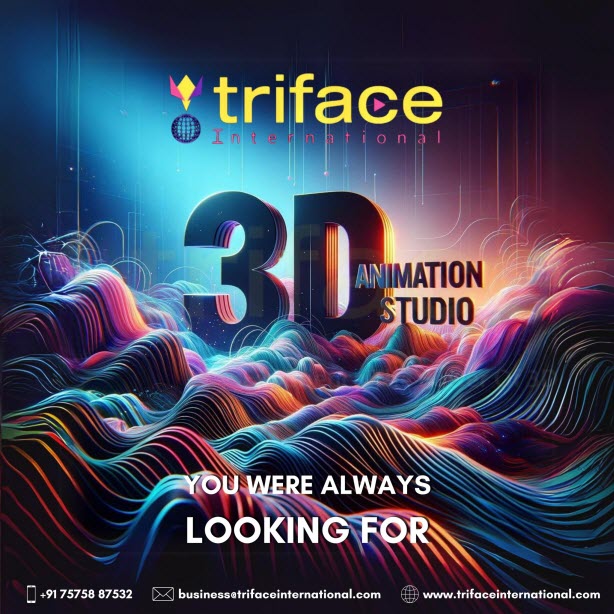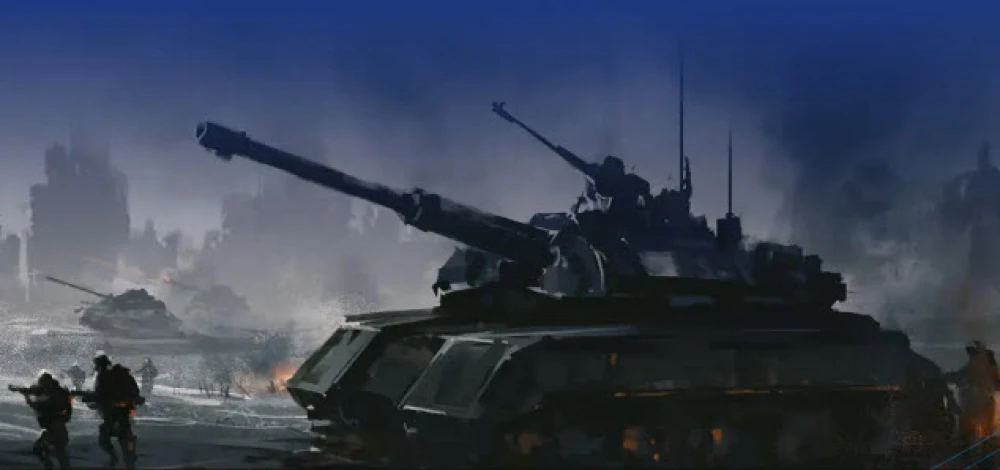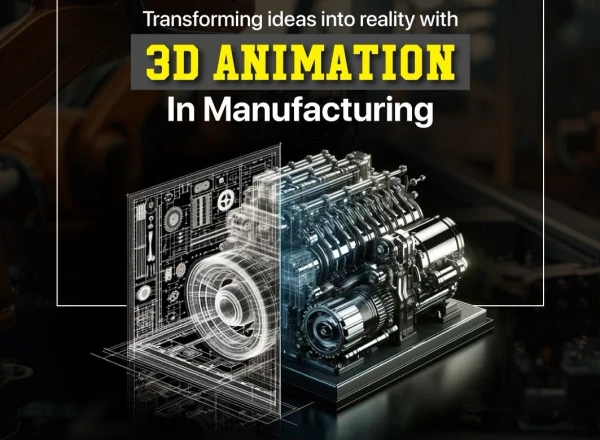The digital landscape has undergone a transformative journey with the integration of 3D animation into the realms of Virtual Reality (VR) and Augmented Reality (AR). This article explores the pivotal role that 3D animation plays in shaping immersive experiences and revolutionizing the way we interact with virtual and augmented environments.
Evolution of 3D Animation
In its nascent stages, 3D animation was constrained by primitive graphics and limited capabilities. Early adopters grappled with the challenge of rendering lifelike animations. Despite these limitations, the potential for innovation was evident, laying the groundwork for the evolution to come.
Technological Advancements
Over time, technological advancements have propelled 3D animation into a new era. From basic wireframes to sophisticated rendering techniques, the journey has been marked by breakthroughs in hardware and software, empowering creators to bring imaginative worlds to life with unprecedented realism.
Enhancing VR and AR Experiences
The synergy between 3D animation and VR/AR is a game-changer, elevating user experiences to unprecedented heights. By seamlessly integrating 3D animation, VR, and AR environments become dynamic and interactive, offering users a heightened sense of presence and engagement. This enhancement opens doors to diverse applications across various industries.
Creating Immersive Environments
The marriage of 3D animation with VR and AR goes beyond enhancing experiences; it creates immersive environments that blur the line between the real and the virtual. Users can interact with these environments in ways previously unimaginable, revolutionizing fields such as gaming, education, and healthcare.
Key 3D Animation Techniques
Understanding the techniques behind 3D animation is crucial for leveraging its potential in VR and AR. From character rigging to advanced shading, these techniques contribute to the creation of lifelike animations that form the backbone of immersive experiences.
Overcoming Technical Challenges
While the possibilities are immense, the 3D animation industry faces technical challenges in the context of VR and AR. Creating realistic animations for immersive environments demands overcoming hurdles such as latency issues, ensuring a seamless and responsive experience for users.

Innovations in 3D Animation for VR and AR
Innovation is the lifeblood of the 3D animation industry. The continuous exploration of new technologies, such as real-time rendering and motion tracking, contributes to groundbreaking advancements in storytelling and user interaction within the VR and AR space.
Real-world Applications
Gaming Industry
The influence of 3D animation in VR and AR is prominently visible in the gaming industry. From realistic character movements to immersive world-building, 3D animation has redefined the gaming experience, making it more engaging and dynamic.
Education and Training
Beyond entertainment, 3D animation finds practical applications in education and training. Simulations and virtual scenarios powered by 3D animation offer immersive learning experiences, allowing individuals to interact with subjects in ways traditional methods cannot achieve.
Impact on Storytelling
The marriage of 3D animation with VR and AR unlocks new frontiers in storytelling. It allows creators to craft narratives that go beyond traditional linear structures, providing users with agency and the ability to shape their own experiences within the story.
Emotional Engagement
Immersive technologies, coupled with emotive 3D animation techniques, evoke heightened emotional responses from users. Whether in a virtual classroom, a healthcare simulation, or a gaming scenario, the emotional engagement facilitated by 3D animation enriches the overall experience.
The Future of 3D Animation in VR and AR
As we look to the future, the journey of 3D animation in VR and AR is far from over. Anticipate continued advancements in technology, pushing the boundaries of what's possible and ensuring a continuous evolution of immersive experiences.
Integration in Everyday Life
The integration of 3D animation into VR and AR is poised to extend beyond entertainment. From virtual shopping experiences to interactive architectural previews, the technology is gradually becoming an integral part of our daily lives, seamlessly blending the virtual and the real.
Conclusion
In conclusion, the role of 3D animation in VR and AR is transformative, reshaping how we perceive and interact with digital content. Its impact extends beyond entertainment, touching diverse sectors, and its continuous evolution promises exciting possibilities in the ever-expanding landscape of immersive technologies.










